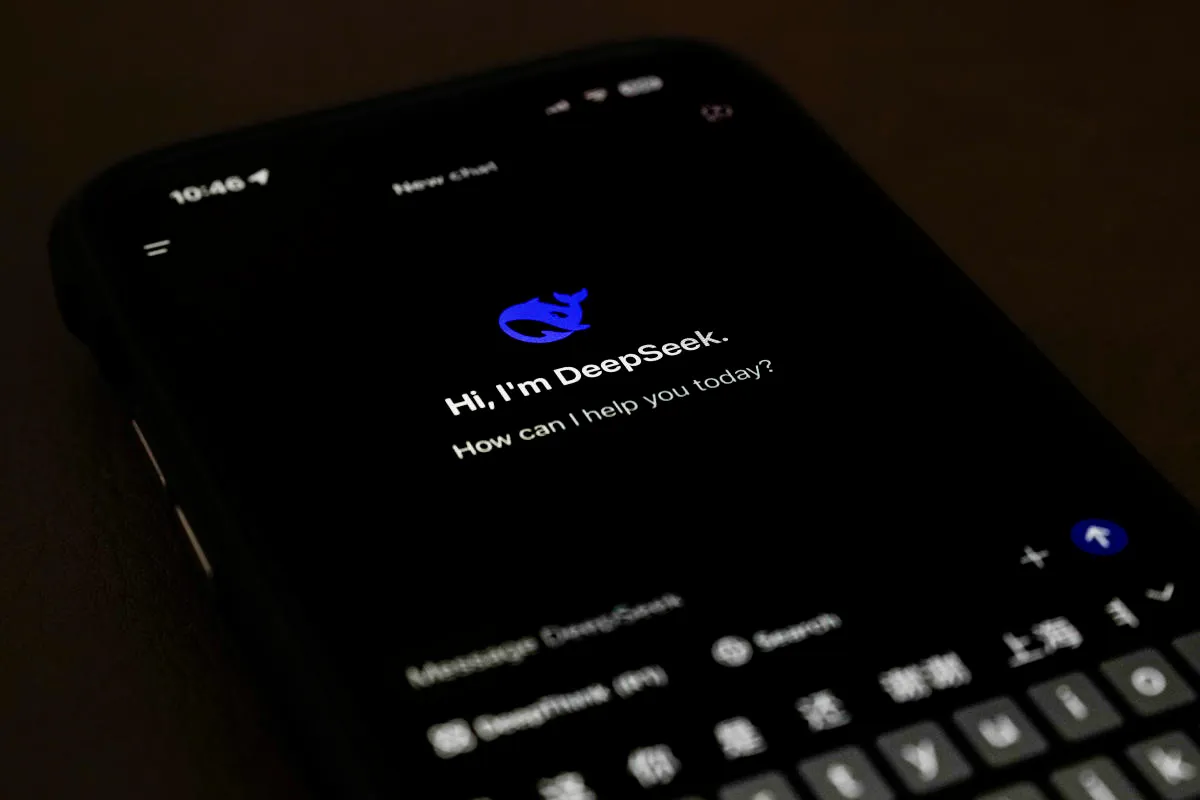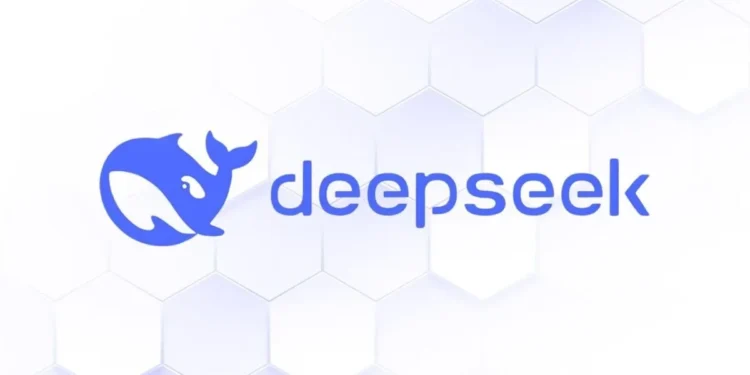In a recent groundbreaking development at the University of California, Berkeley, a team of researchers led by Ph.D. candidate Jiayi Pan has achieved what many thought impossible: replicating the core technology of China’s revolutionary DeepSeek AI for a mere $30. This accomplishment not only challenges the financial barriers associated with advanced AI technologies but also opens up new possibilities for innovation on a budget.

Reinventing Reinforcement Learning with Modest Means
The Berkeley team’s project revolved around reconstructing the DeepSeek R1-Zero’s capabilities, specifically its reinforcement learning processes. Despite utilizing a relatively small language model with only 3 billion parameters, the recreated AI displayed remarkable self-verification and search abilities, crucial for refining responses iteratively.
Utilizing the British game show-based Countdown game as a test platform, the AI initially made random guesses but soon began to showcase its problem-solving prowess through learned self-correction and iterative strategies. The model’s journey from random guessing to calculated problem-solving provides a compelling narrative of AI’s potential to evolve and adapt over time.
A Cost Comparison That Raises Eyebrows
What stands out most about this research is not just the technological achievement but the astonishing cost-effectiveness of the endeavor. For context, OpenAI charges $15 per million tokens, whereas DeepSeek’s cost is significantly lower at $0.55 per million tokens. Yet, the Berkeley experiment demonstrates that even these costs can be dramatically undercut, showcasing a potential paradigm shift in how AI technologies are developed and scaled.

Skepticism and Security Concerns Surrounding DeepSeek
Despite the success of the Berkeley team, the DeepSeek technology is not without its critics and controversies. Notably, AI researcher Nathan Lambert has expressed skepticism about the true cost-efficiency of DeepSeek, considering the potential hidden expenses related to infrastructure and operation. Additionally, there are significant privacy and security concerns due to the substantial amount of data sent back to China, prompting bans in various regions of the U.S.
What This Means for the Future of AI
This breakthrough by Berkeley researchers signifies more than just a technical feat; it represents a potential shift in the economic landscape of AI research and development. By demonstrating that high-level AI capabilities can be achieved with minimal investment, they challenge the current industry norm of billion-dollar budgets, suggesting a future where AI is more accessible and equitably distributed.
The implications of such cost-effective AI technologies are vast, potentially enabling smaller institutions and developers to participate in the AI revolution without prohibitive financial barriers. This could democratize the field, leading to increased innovation and a broader range of applications across various sectors.

As the debate over AI costs and capabilities continues, the work of the Berkeley team stands as a testament to human ingenuity and the relentless pursuit of efficiency. It beckons a future where the power of AI can be harnessed not just by the wealthiest corporations but by anyone with a keen interest and a modest budget. As we stand on the brink of this new era, the promise of an inclusive and diversified field of AI is more tangible than ever, poised to transform society in myriad unexpected ways.










